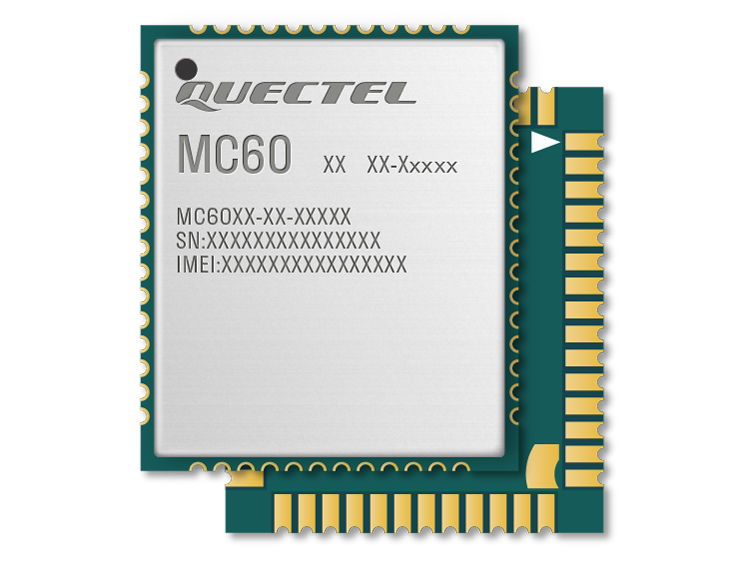Cybus-Hanway bio-tracks animals with Quectel MC60 module
South African design and manufacturing company, Cybus – Hanway, have selected the MC60 for use in offerings that utilize GSM and GPS to address applications such as animal bio tracking, panic units and asset tracking. The company provides customers with a holistic approach that extends from devices to management systems. Currently based in the African market, Cybus-Hanway has plans for global expansion.
“We are using the MC60 for its GSM and GPS functions in a single module,” explains Wayne Hannigan, Director, Hanway. “We find the combination suits the requirements of this project in which the biggest problems we faced were power consumption and network limitations. The MC60 solved these.”

The Quectel MC60 is a dual SIM single standby quad-band GSM/GPRS/GNSS 2G module measuring 18.7mm × 16.0mm × 2.1mm which uses LCC castellation packaging and allows customers to use two (U)SIM cards in one device. It is optimized for SMS, data and audio transmission in harsh environments, and is designed for low-power IoT applications which require sophisticated and precise geolocation features.
With extensive internet protocols, 99 acquisition channels and 33 tracking channels, the MC60 module integrates GPRS and GNSS engines in one compact SMT package. It also supports Extended Prediction Orbit (EPOTM) technology which reduces time-to-first-fix (TTFF) without needing an extra server. The QuecFastFix function further reduces TTFF in cold starts. The compact form factor, range of geo-positioning features, low power consumption and dual (U)SIM card capability make the MC60 ideal for a wide range of IoT applications, such as wearable devices, telematics, automotive, pet tracking and asset tracking.

Cybus-Hanway selected Quectel for the modules’ ease of use and simplicity of integration. It was also attracted by the stability of Quectel products and the longevity of the product range. “For us, the biggest factor has been the professionalism and support from Quectel for the product range,” adds Hannigan.